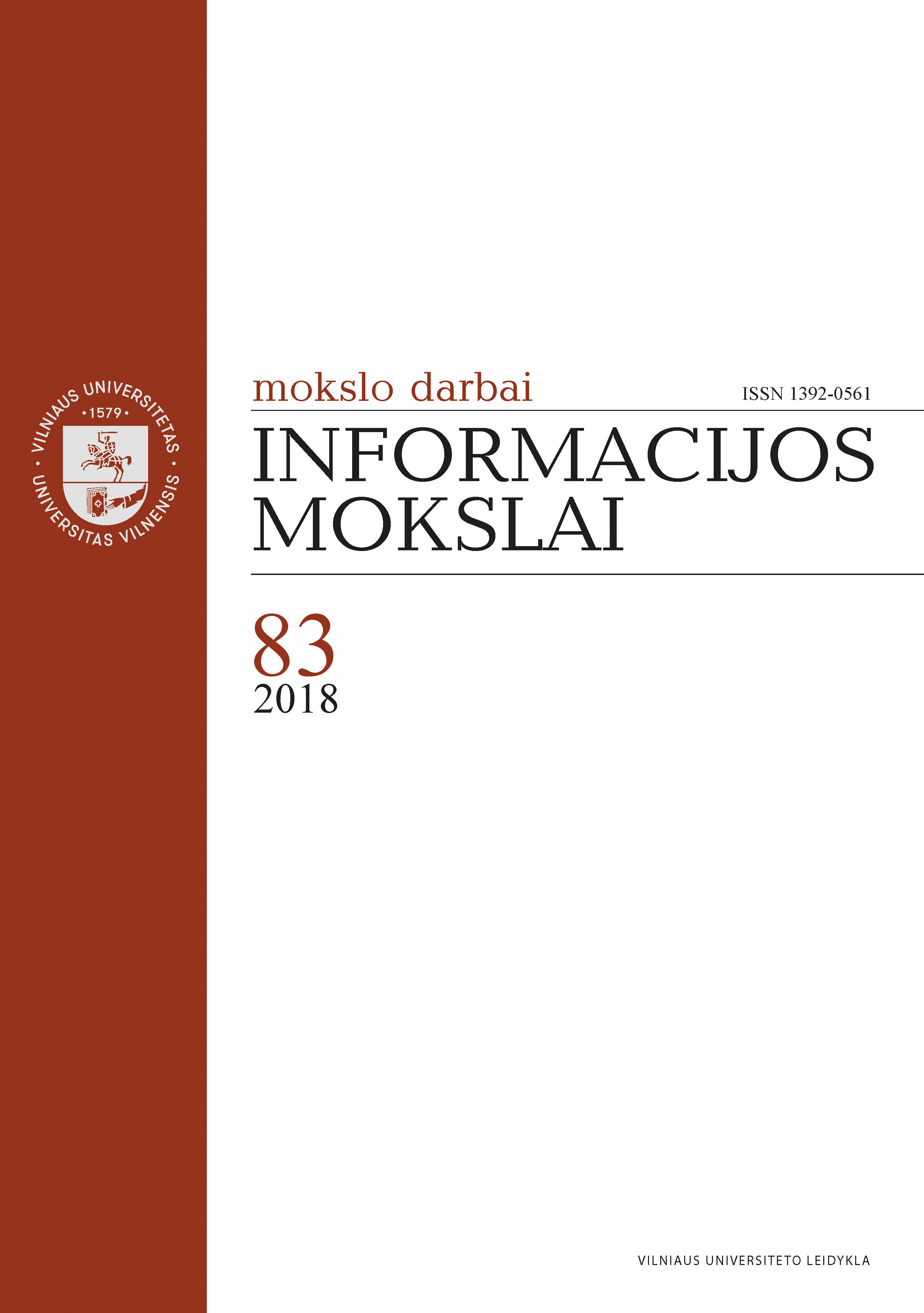Kas yra naujosios technologijos? Apibrėžimo ir technologinio turinio problematika ekspertiniuose dokumentuose ir korporatyvinėje komunikacijoje
What is New Technology and what Technology is New? Definitions of Emerging Technology in Policy Documents and Global Corporate Communication
Author(s): Maryja ŠupaSubject(s): Politics, Methodology and research technology, Economic development, Post-War period (1950 - 1989), Transformation Period (1990 - 2010)
Published by: Vilniaus Universiteto Leidykla
Keywords: social studies of technology; high technology; emerging technologies; research and development; technology discourses;
Summary/Abstract: This article addresses the two-fold problem faced by the researchers of emerging technologies. First, the problem of definition: which term is appropriate to define new technologies; and second, what principles and methods are appropriate to classify a certain technology as new or emerging. Locally, this problem is also relevant, because the definitions of new technologies and the actual technologies are rarely discussed by Lithuanian researchers. To fill this gap, exploratory research has been conducted to compare definitions and the technological content of new technologies in international policy documents and the corporate websites of global corporations leading in research and development investments. Focusing on the Organisation for Economic Co-operation and Development (OECD) and the European Commission (EC), a policy document analysis showed that the term high technology, which dominated the discourse in the 1980s and well into the 1990s, has since been eclipsed by innovations and sustainable development, moving from an economy-centered approach to a focus on the qualitative aspects of technology development and its social impact. Within policy documents, various quantitative variables are applied to measure technology development at the level of regions, states or specific technological fields, such as the intensity of investments in research and development or the fields in which explosive growths of worldwide patents occur. However, a variety of methodological implications limit the use of this data to map the emergence and the potential impact of more specific technologies, rather than wide fields of development. The website content of globally operating corporations known for being the leaders of business investment in R&D shows that the corporate discourse focuses on a rhetoric of progress and global impact as the main driving force of technological development. Commercially prospective technologies, as presented on corporate websites, emerged in the following seven technological fields in 2017: pharmaceutics and biotechnology, software engineering, web technologies, social research, electronic engineering, telecommunications, and transportation. This method offers the advantage of analyzing both specific technologies and the broader technological fields they belong to. Also, in contrast to policy documents, the list of new technologies in the corporate context offers several significant insights into the interdisciplinary nature of technological development and the contribution of the major technological fields to overall technological development. Overall, the list highlights the ties between micro- (individual level) and macro-level (society and state) technological impact, the interplay of visible (end-user products) and invisible (infrastructure) elements of technological systems. The results reflect the specifics of commercial settings, where new technologies are at a stage of development following fundamental scientific research and preceding mass production and distribution of innovations. The differences between technology discourse in policy documents and corporate communication are reflective of a wider split into expert and public discourse, characteristic of the different aims pursued by the respective agents. Findings about the definitions and classifications of new technologies presented in this article may be applied for policy-making in the areas of science, technology and innovation management, research of the social impact of technologies, and critical discussions of the ethical, legal, social and economic implications of technology development before their mass adoption.
Journal: Informacijos mokslai
- Issue Year: 2018
- Issue No: 83
- Page Range: 101-120
- Page Count: 20
- Language: Lithuanian

